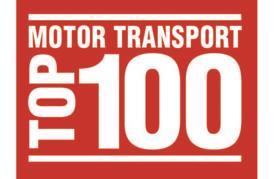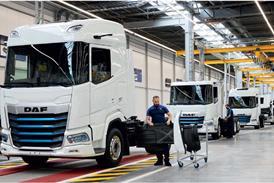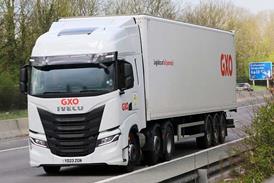The government is launching a new transport investment strategy which will create a Major Road Network and significantly boost local road improvement funding as part of wider plans to rebalance the UK’s economy.
The Transport Investment Strategy, announced today (4 July 2017), aims to improve productivity across the country by creating better connections between towns and cities, tackling traffic jams, bottlenecks and congestion and improving business links.
Central to the strategy is the creation of a Major Road Network which will include local A-roads as well as national roads.
The Major Road Network is based on recommendations made in the Rees Jeffreys’ Road Fund study last year, which highlighted funding and planning disparities between the Strategic Road Network of motorways and local authority A-roads.
Local authorities with major A-roads included in the Major Road Network will be able to tap into the National Road Fund, previously ring fenced for the Strategic Road Network.
The National Road Fund is financed by the Vehicle Excise Duty, commonly known as the road tax. Last year road tax amounted to £5.8bn.
The Transport Investment Strategy will also require projects to meet new ‘rebalancing’ criteria.
These will ensure projects contribute to rebalancing the economy by improving productivity and growth in the area, supporting new housing and cutting congestion.
The strategy will also encourage schemes in economically deprived areas of the country and fast track smaller schemes which deliver benefits to the community and economy more quickly.
The Transport Investment Strategy is part of the wider Modern Industrial Strategy under which the government plans to invest more than £61bn to 2021 on transport projects including HS2 and a new runway at Heathrow.
Transport Secretary Chris Grayling said: “Getting transport spending right is crucial for the country’s future. The Transport Investment Strategy sets out a blueprint for how we can harness the power of transport investment to drive balanced economic growth, unlock new housing projects, and support the Government’s modern industrial strategy.”
He added: “At the heart of our approach is a plan to make transport work for the people who use it and for the wider economy.”
Transport Investment Strategy
Government’s key pledges
Ensure investment meets the needs of users and helps to create a balanced economy by:
- Prioritising reliability and congestion, economic growth, UK competitiveness and housing
- Investing to support every part of the country and will take account of the balance of spending between different regions
Getting best value out of the network by:
- Prioritising value for money
- Getting the most from existing assets
- Support transport funding by seeking contributions from those who stand to benefit
- Attracting more private finance
Maintaining a resolute focus on delivery by:
- Prioritising predictable funding and a stable long-term pipeline of projects
- Ensuring all schemes considered for funding take a pragmatic approach to delivery challenges
- Where appropriate, prioritising smaller schemes which deliver quickly
Adaptability in the face of change
- Where there is uncertainty, we will prioritise projects that are adaptable to change
- Putting the UK at the forefront of new transport technology
















